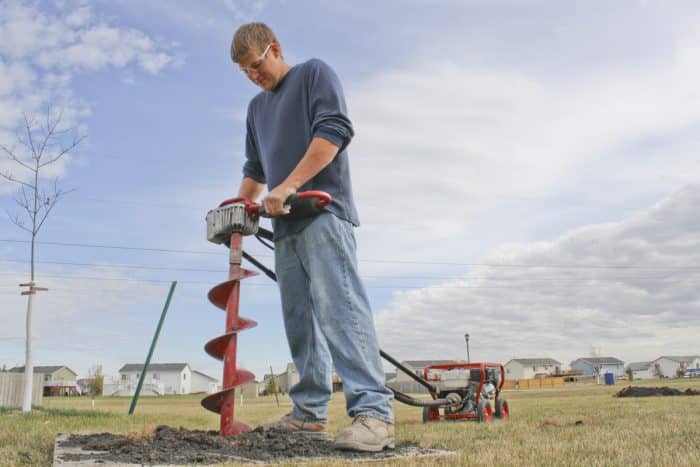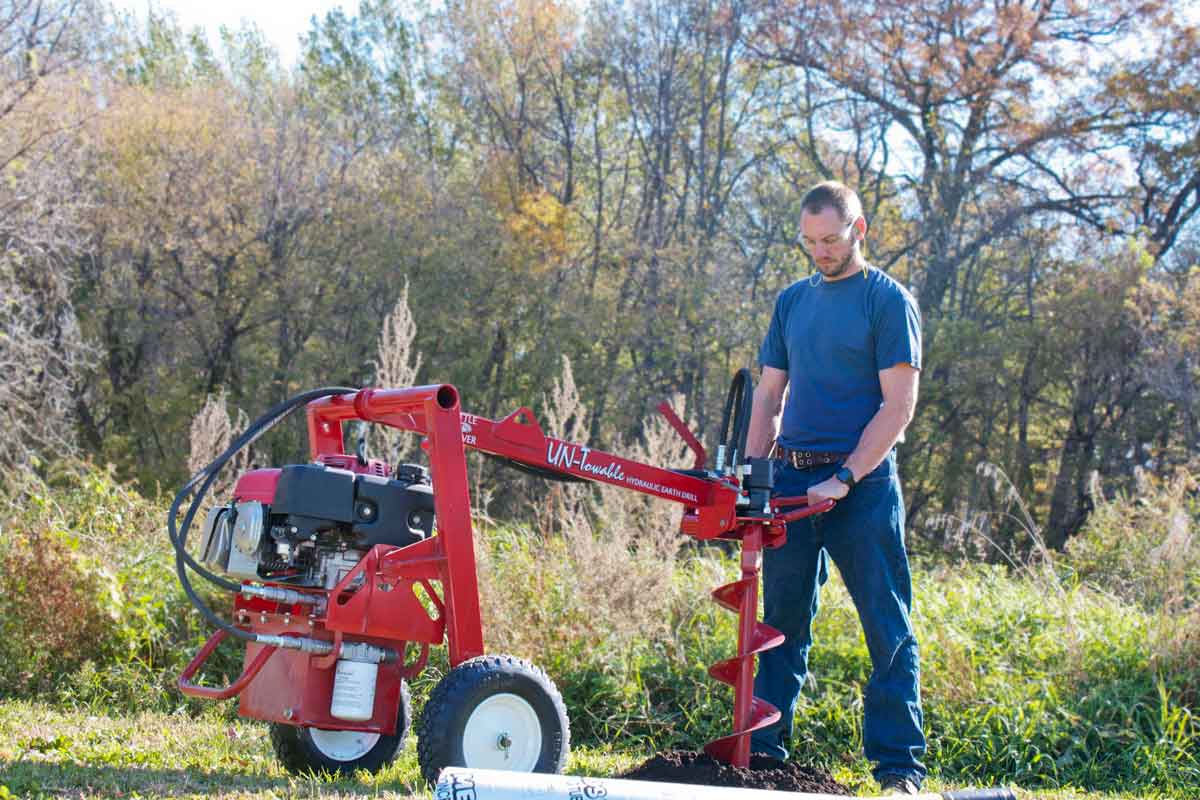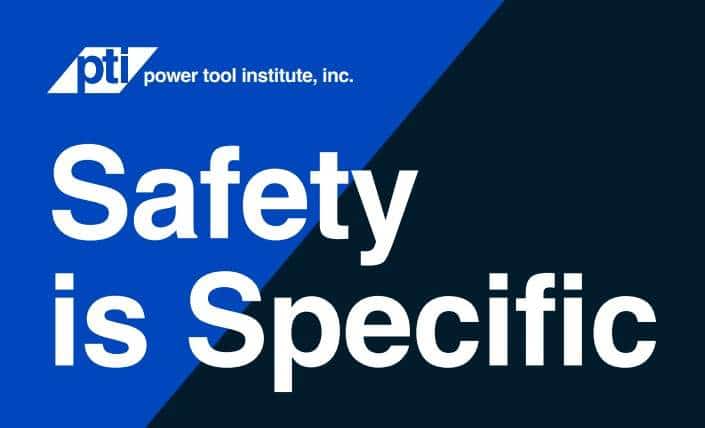Mechanical Vs. Hydraulic Hand-Held Earth Drills

Efficiency is a key factor for success. Although the size and power of a drill might seem like the obvious factors for maximizing performance when digging holes, that isn’t always the case. To get the best productivity, crews can benefit from understanding whether a mechanical or hydraulic drill is the right fit based on factors like soil type and hole size. Check out these tips to consider when selecting the best drill for the operation.
Soil Conditions
First and foremost, consider the soil conditions before putting a drill to the ground. Soils like sand, silt and loam are the perfect match for a mechanical drill. In these soil conditions, mechanical drills can deliver high auger speeds for fast project completion. Some can even operate at up to 360 rotations per minute (rpm) for faster performance. The speed of these drills, paired with a lightweight design to maximize mobility, allows crews to dig holes quickly and efficiently.
Although mechanical drills can be used for any soil, hydraulic drills are a great choice to optimize efficiency in clay, rock or frozen ground. While the rpm doesn’t match that of a mechanical drill, the rugged body and high torque of hydraulic drills give them the power to plow through the densest soil.
Speed and Torque
Speed and torque are the keys to maximizing efficiency, but more of both isn’t always better when it comes to finding the perfect balance between power and pace. Whether an operator should prioritize speed or torque goes back to the soil conditions where they are drilling.
In the right environment, mechanical drills can achieve speeds up to two times faster than a hydraulic drill in the same conditions. Plus, the lightweight design of mechanical drills makes them easy to move from one project to the next. When used in sand, silt or loam, the high rpm can even help to clear out soil from the hole by flinging it off to the sides instead of causing it to fall back into the hole, which can happen with a lower rpm.
Occasionally, crews might attempt to use a mechanical drill on hard, frozen ground. With the right points and blades, a mechanical drill can take on jobs in most soil conditions, but if the majority of the jobs involve hard, frozen ground, hydraulic drills are ideal. In hard ground conditions, mechanical drills are prone to spinning rapidly without breaking through the ground. Hydraulic drills have two times the torque of mechanical drills, which means they can double down and easily pierce through difficult soils. While hydraulic drills may be heavier than mechanical drills due to their rugged design, some have a reversible drive for added maneuverability and easy removal from holes.

Post Size
One of the most straightforward factors to consider when choosing a drill is the size of the required hole. Mechanical drills are best suited for small to medium holes around 6 to 8 inches in diameter. On the other hand, hydraulic drills are perfect for drilling larger holes up to 10 to 12 inches in diameter.
Some crews might be tempted to base their drill choice on the size of the hole, but this factor has been placed last on the list for a reason. It’s important to keep in mind that hydraulic drills have the versatility to drill smaller holes the same size as mechanical drills if the soil conditions call for it. With that said, it’s a good rule of thumb to prioritize the drilling environment before anything else.
The Deciding Factors
As the considerations suggest, achieving peak productivity for hole digging might not mean finding the biggest rig on the market, and following these steps can help lead to the optimal choice. For ultimate success, look at the big picture based on environmental conditions. It’s also worth checking with a manufacturer for ways to customize the drill for the specific operation with options like auger extensions as well as optimizing the auger with the right points and blades. When the earth drill is matched to the drilling conditions, crews can get more done and maximize efficiency.
Joe Haynes is the president of Little Beaver.
I hate to be the bearer of bad news, but sometimes you can’t have it all… unless you rent. From finding the right dealer to scoring the perfect rental machine, we have you covered!


